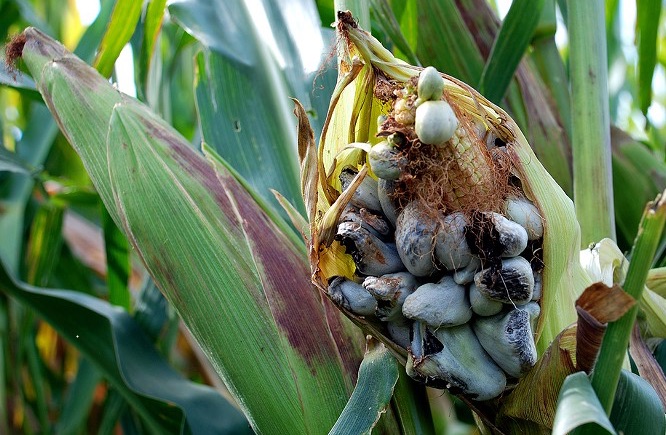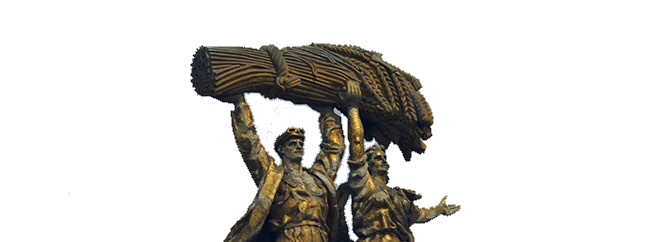Eat This Newsletter 121: Ooops. I forgot one of the links.
Hello
I hope everyone is bearing up. We certainly are, and if my homemade pizza isn’t as good as the stuff we’re accustomed to, well … too bad. At least it is pizza.
Neanderthals enjoyed seafood
Well, why wouldn’t they? This excellent report on a paper in the journal Science explains that Neanderthals in what is now Portugal ate crabs, mussels, limpets, eels and even sharks. Seafood fleshed out a diet that included ducks and geese, seals, tortoises, red deer, horse, ibex and aurochs. Oh, and pine nuts.
The deeper question is what this all means. The study of our ancestry has long been biassed towards demonstrating how unique we are. The counter-argument, that we’re not that special after all, is in evidence here (and in many other studies). At around the same time that these Neanderthals were feasting off the Atlantic coast of the Iberian peninsula, fully modern humans, Homo sapiens, were doing much the same along the coasts of southern Africa and the Maghreb. Until this evidence was uncovered, they were thought to be superior as a result. Not so, say the researchers: “the subsistence evidence reported here further questions the behavioral gap once thought to separate [Neanderthals] from modern humans”.
So yes, we are fabulously special. And we are also, to steal a phrase, just another unique species.
Smut and good taste

My favourite fungus, at least for eating directly rather than as a processing aid, is Ustilago maydis. It’s Roberto Kolter’s too, which is excellent news, because he’s written a lovely little piece all about huitlacoche, aka corn (maize) smut. I’d love to tell you what hutilacoche means, but the etymology, at least accoding to Wikipedia, is best described as muddled.
Most maize growers regard corn smut as a disease to be avoided, but in Mexico (and elsewhere?) ears of maize infected by U. maydis are much more expensive than healthy ears, precisely because the fungus is so tasty. It is even available in cans, although I’ve never seen those myself. If you’re a maize grower looking to diversify, this is as good a starting point as any.
Keep it small
Perhaps you’ve seen both the rise in home bread making and concomitant wails about the shortage of yeast. There’s a lot of advice out there for beginner bakers which is great, but many people setting out on the sourdough trail are too impatient for their own good. You can’t rush these things. But once you’re there, you can reduce the amount of flour you devote to keeping your starter alive and well. The Perfect Loaf’s guide is as thorough and approachable as anything.
For what it’s worth, I’ve always kept about 20 g of each of my starters in the fridge, and they’re doing just fine. The one drawback to this approach is that you don’t often get to enjoy a sourdough pancake unless you deliberately plan to do so. Swings and roundabouts.
Back in the USSR

I know Eat This Podcast has been on a bit of a Russian bender this past month, but there’s more. Six years ago, I talked to Mary Neuberger of the University of Texas, Austin, about a conference she had organised on Culture and Cuisine in Russia & Eastern Europe. In my biassed opinion, that’s still worth a listen. I emailed Mary last week to see if there was any follow-up, and was delighted to learn that several of the conference papers had been published in a special issue of Gastronomica, the journal for food studies. Which, of course, was founded by my guest last week, Darra Goldstein.
What goes around, comes around.
All the best

Jeremy
Add a comment: